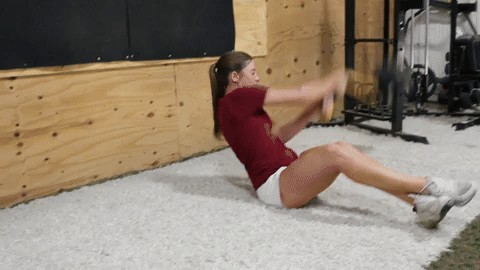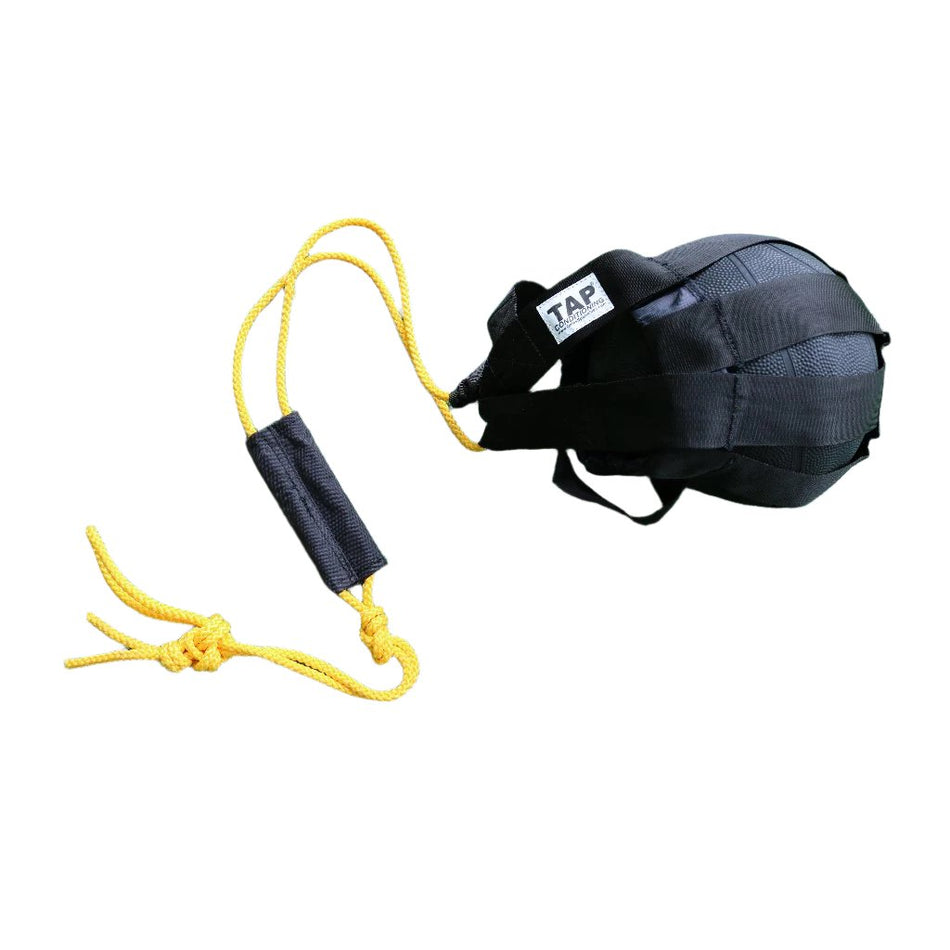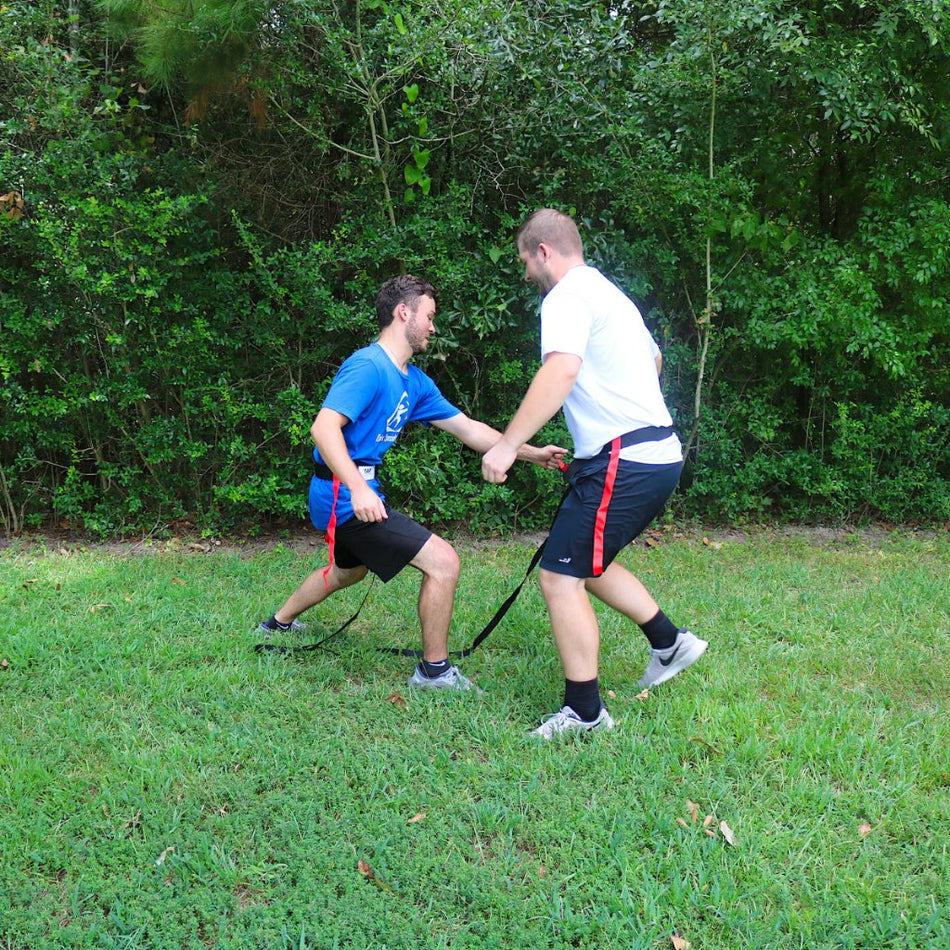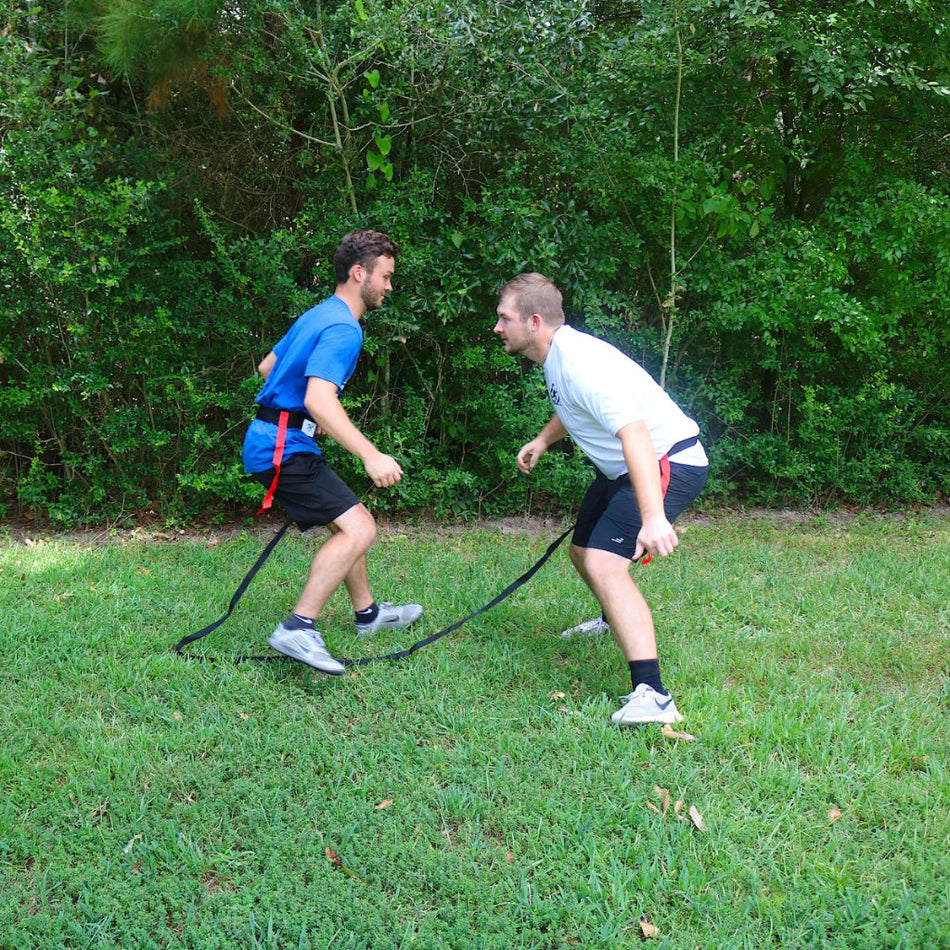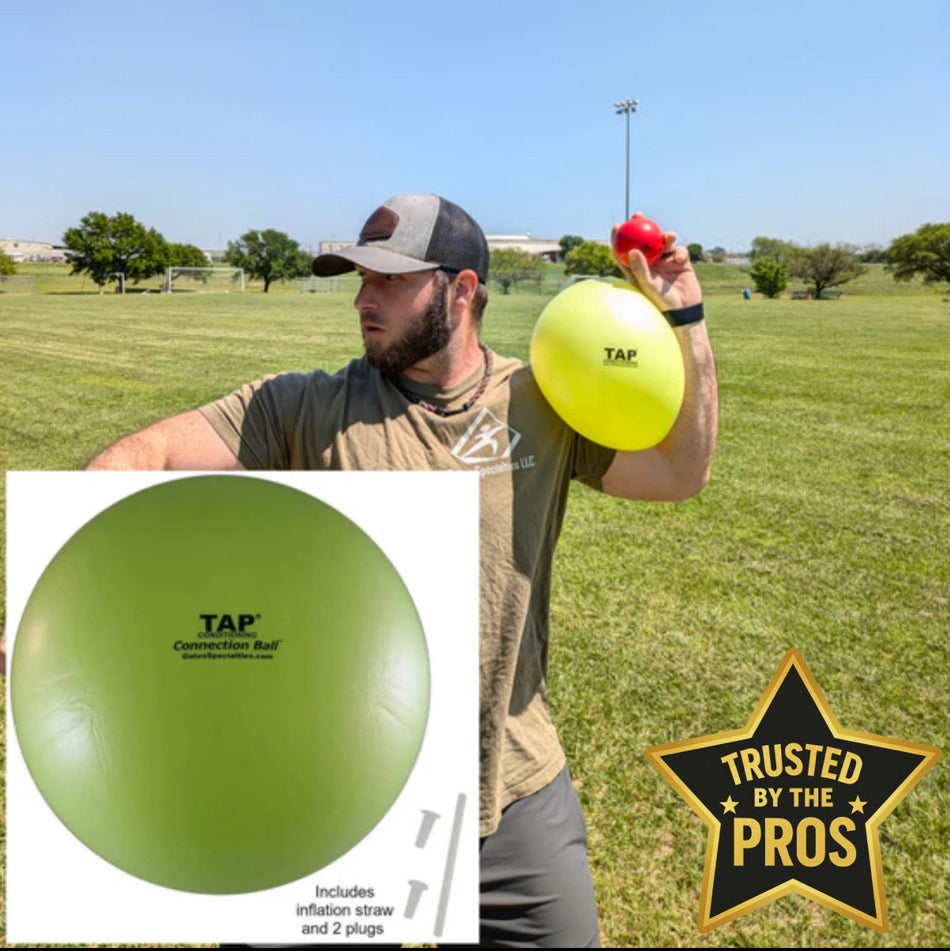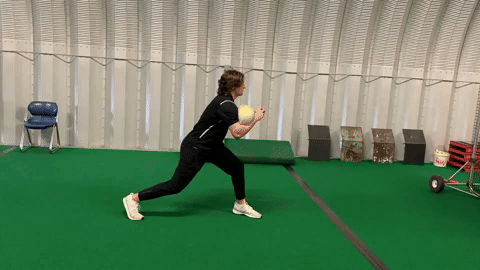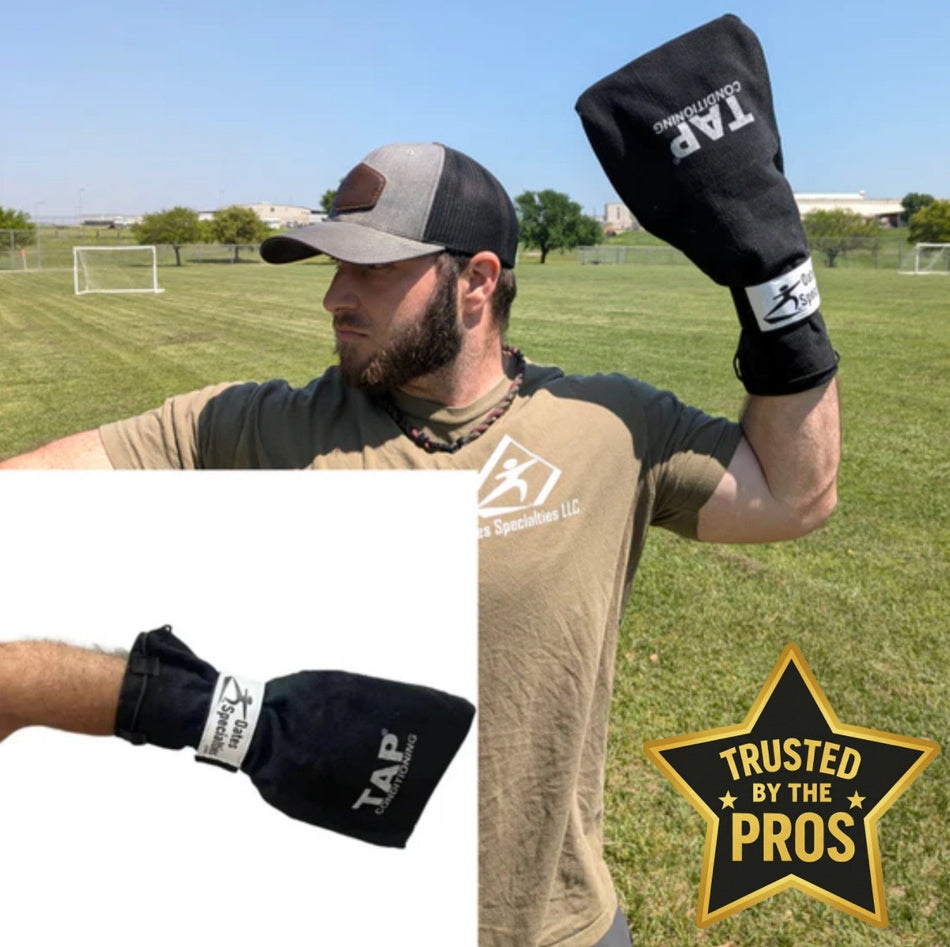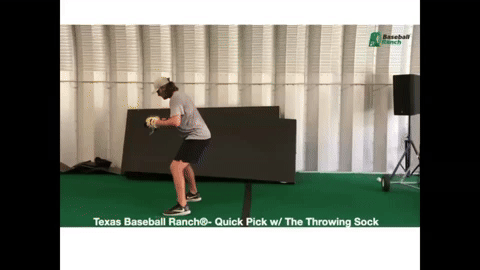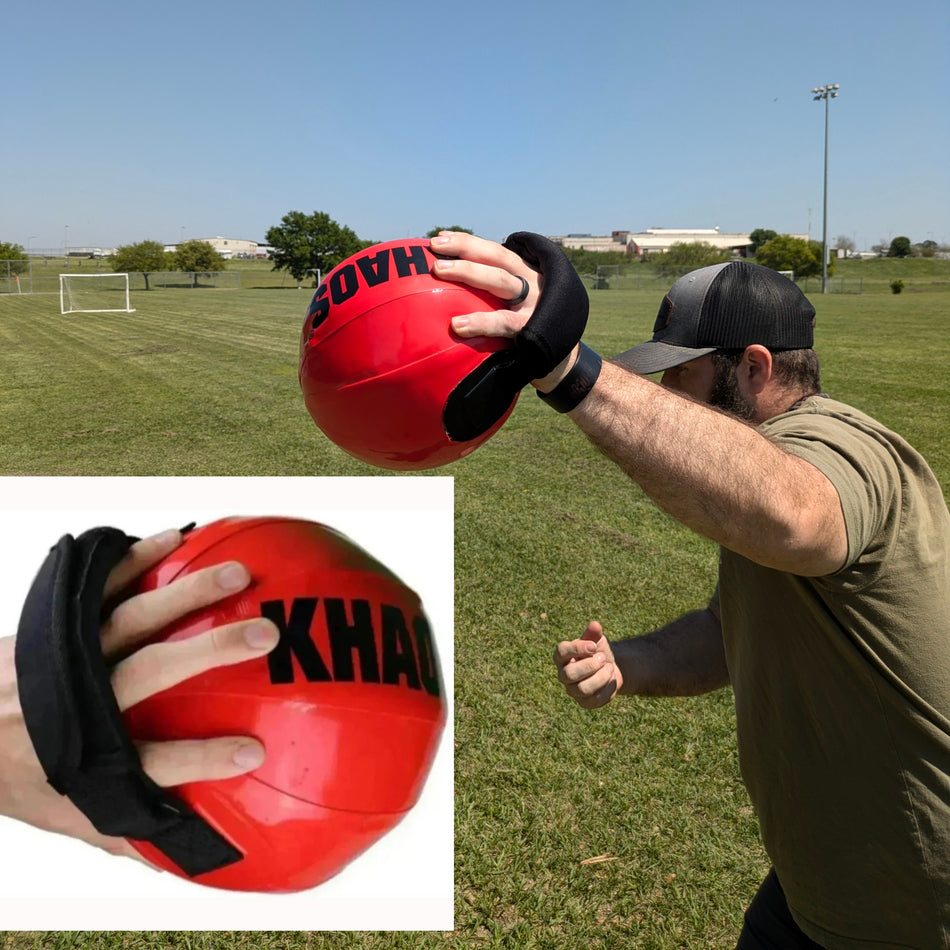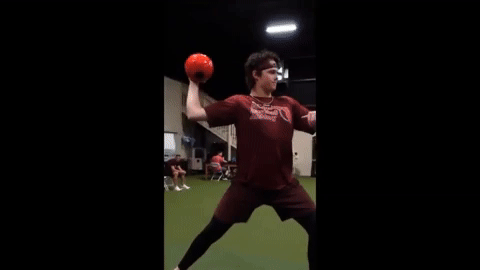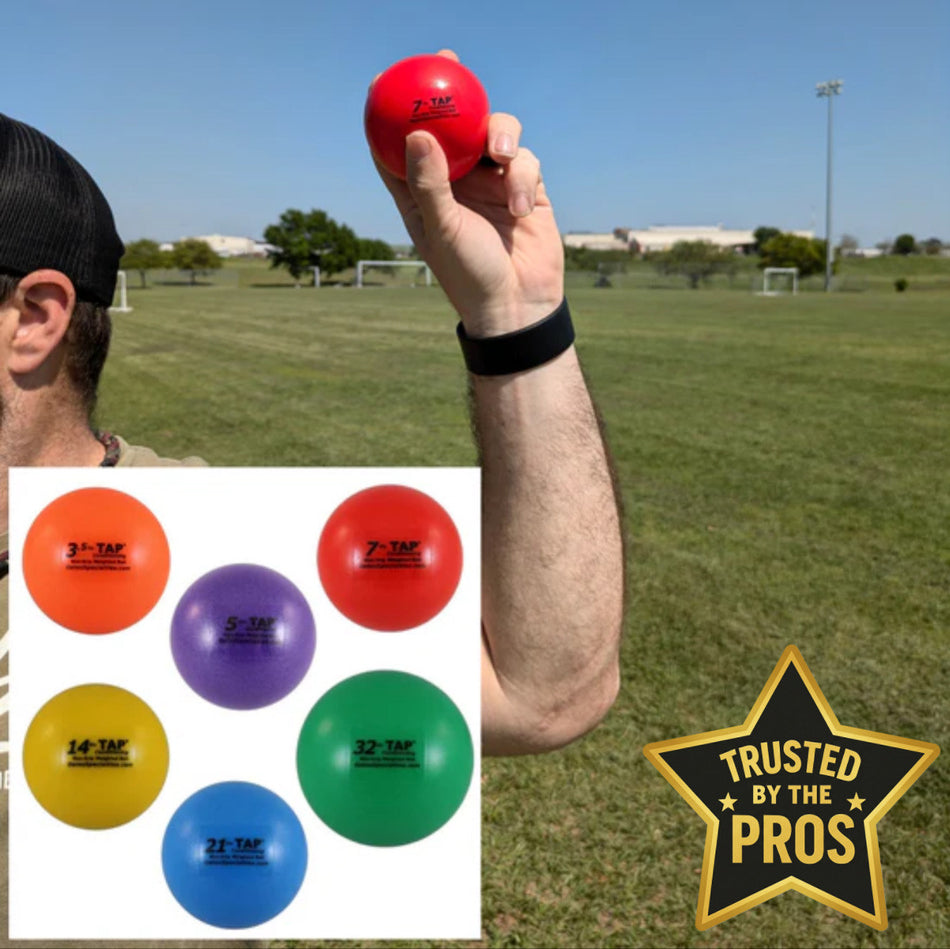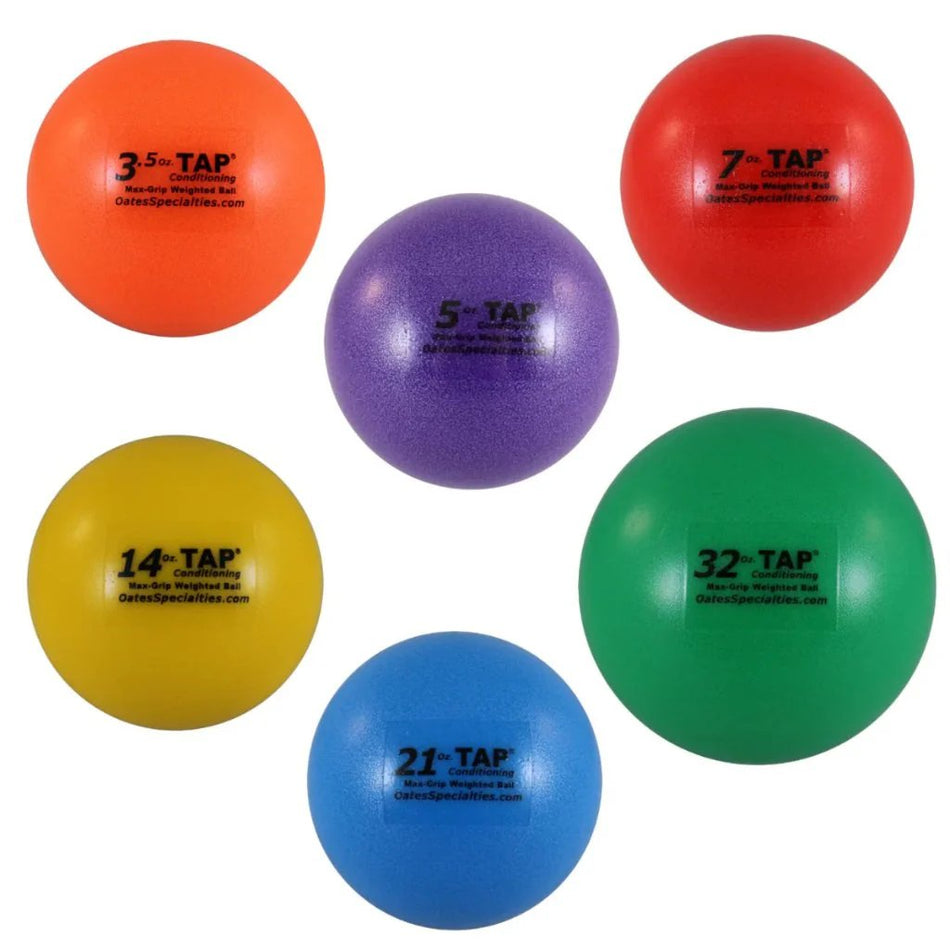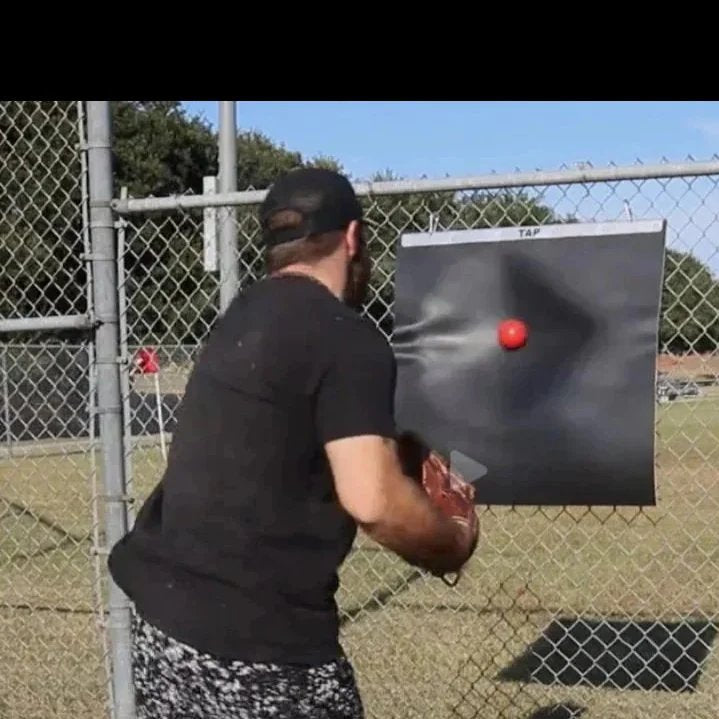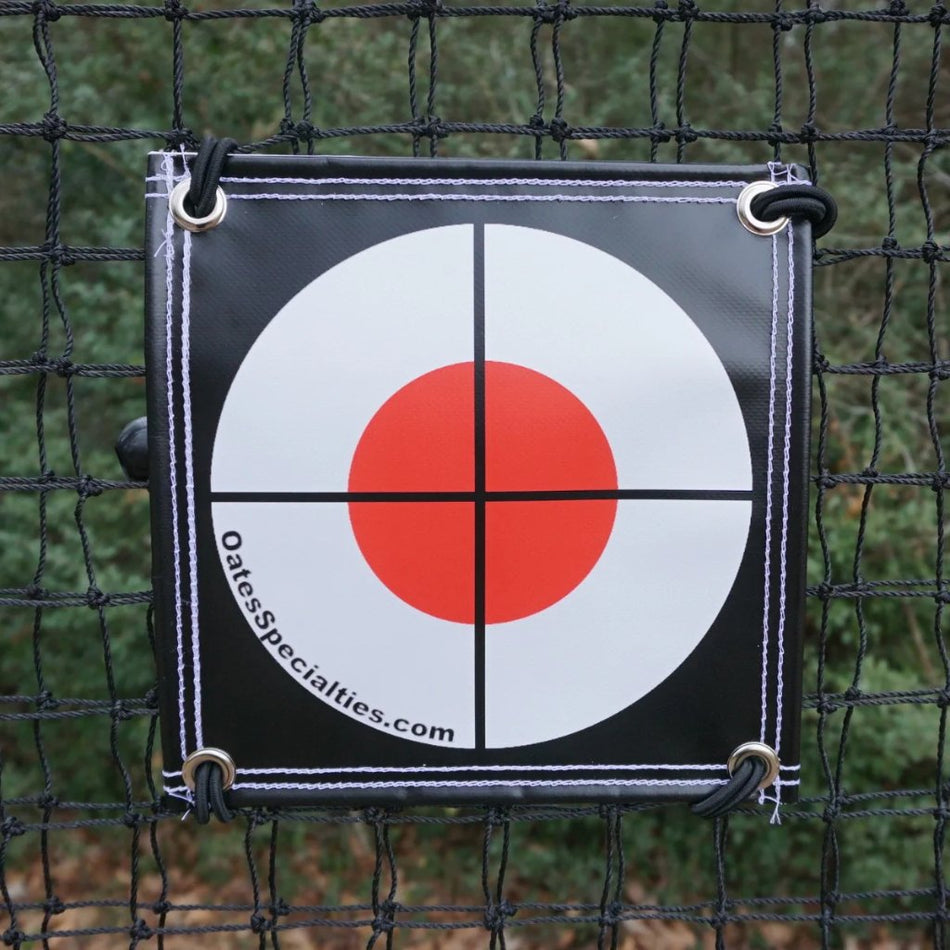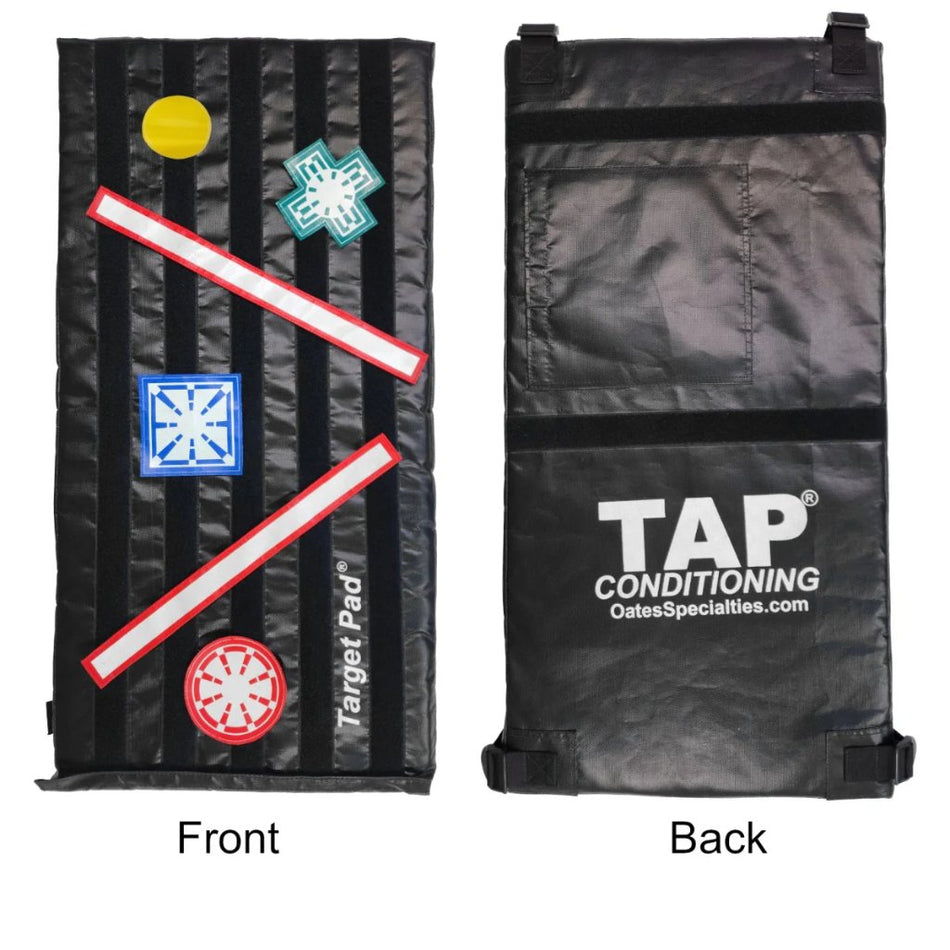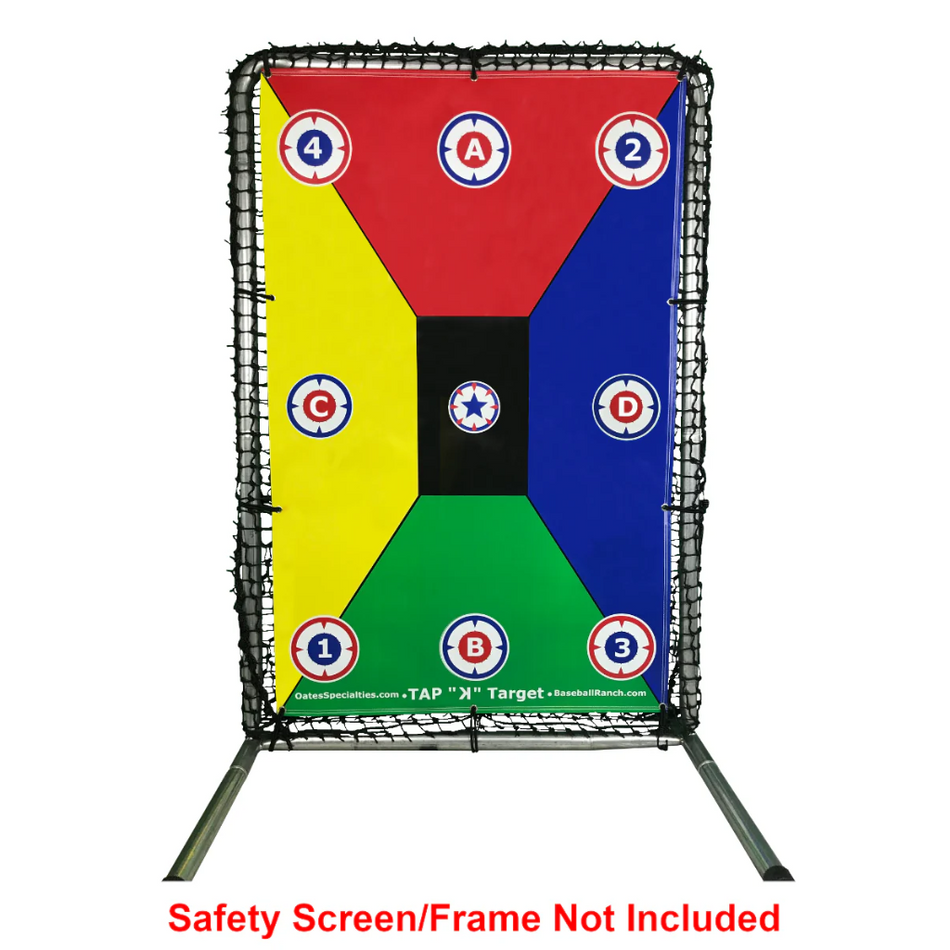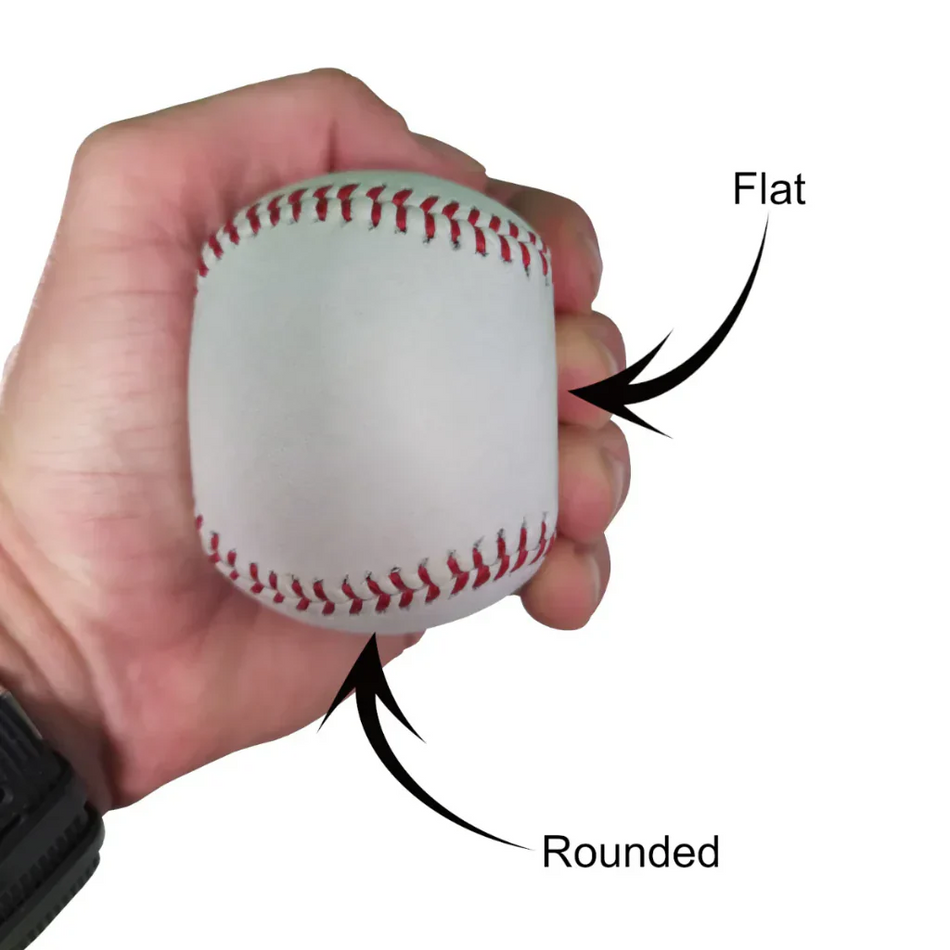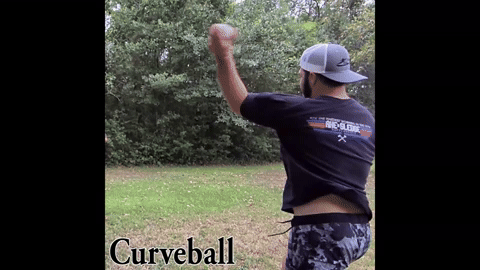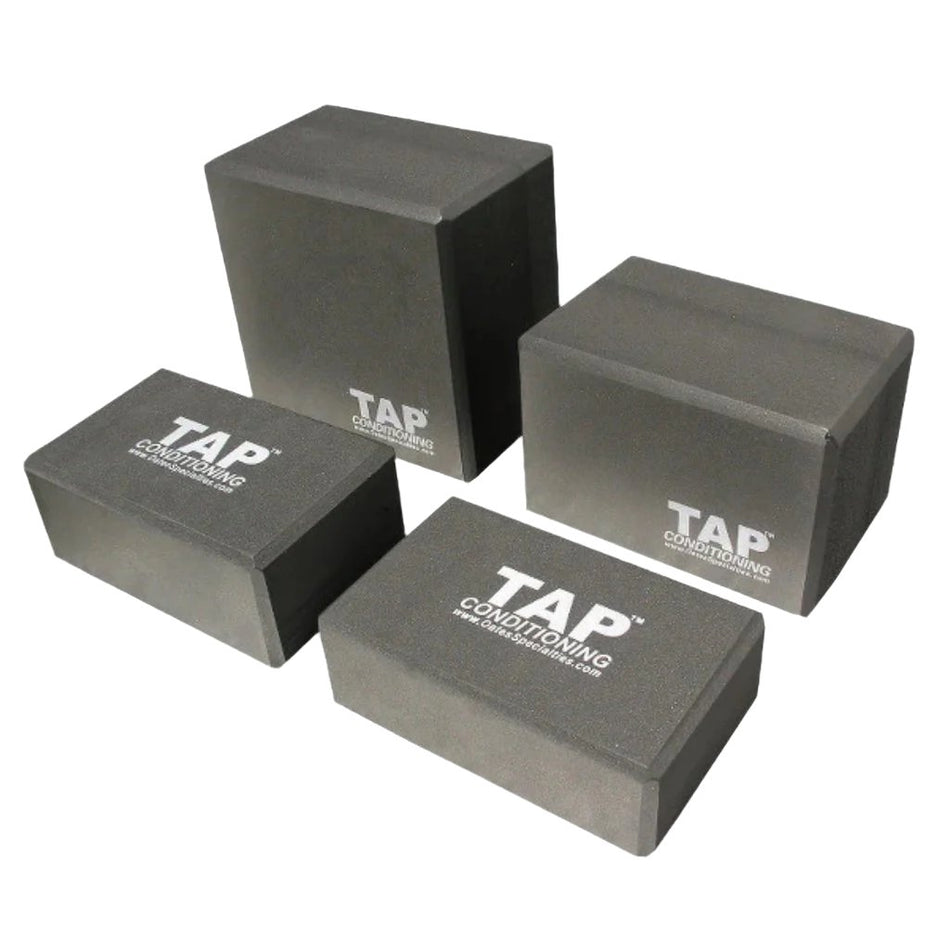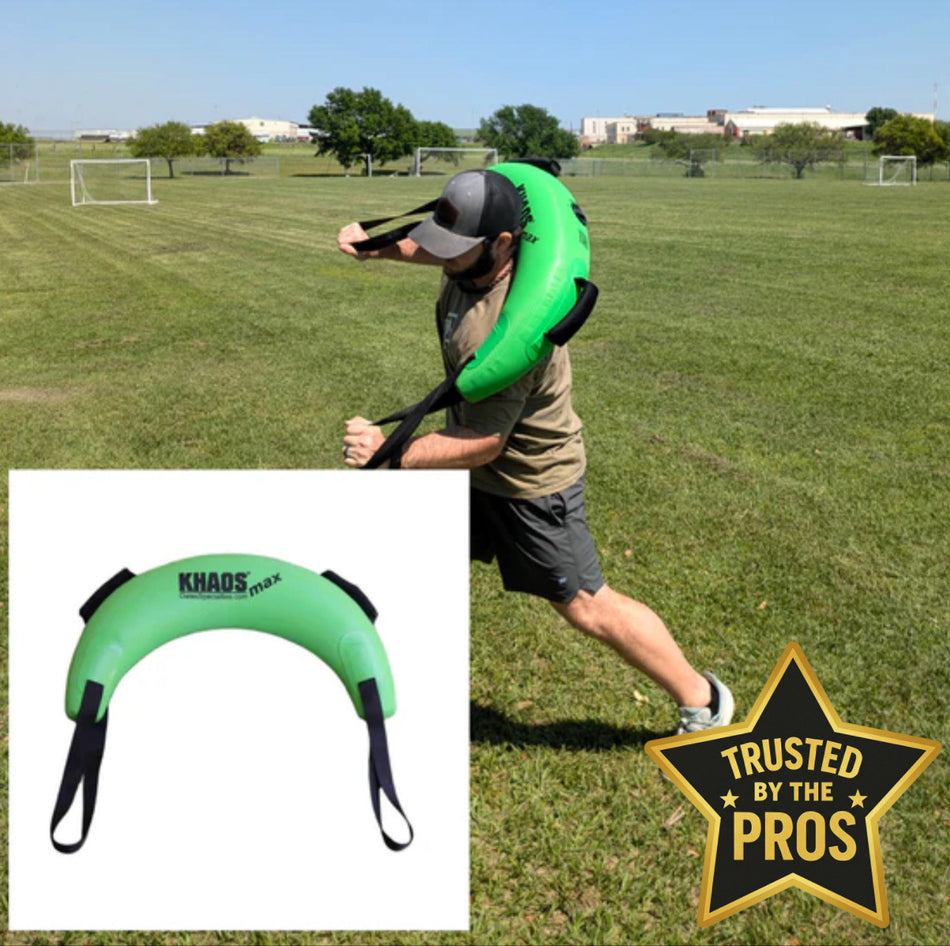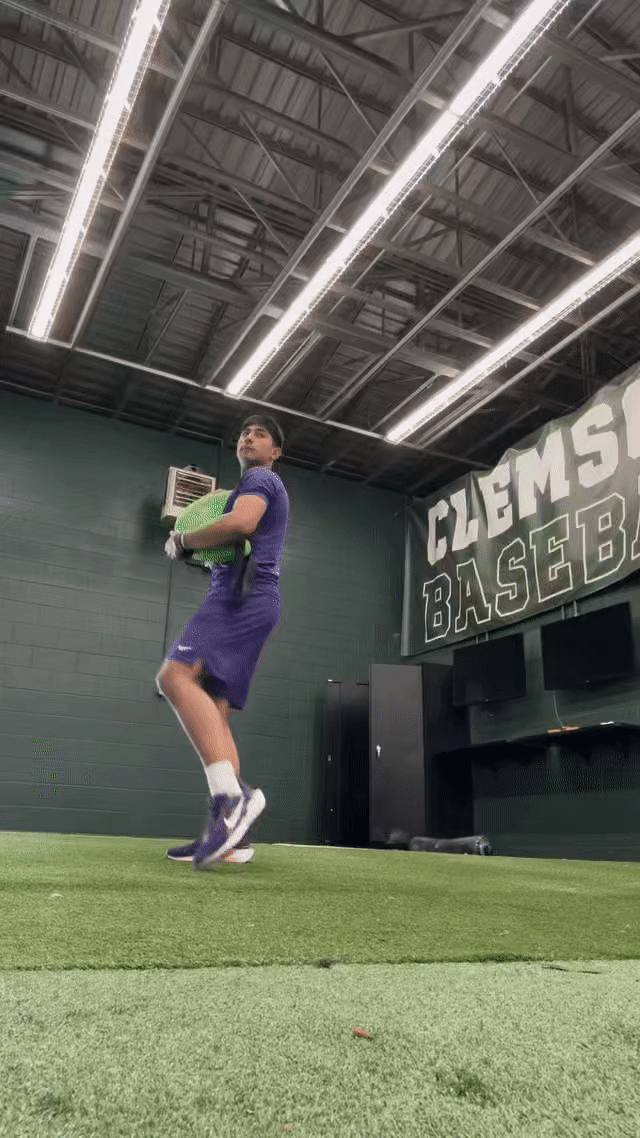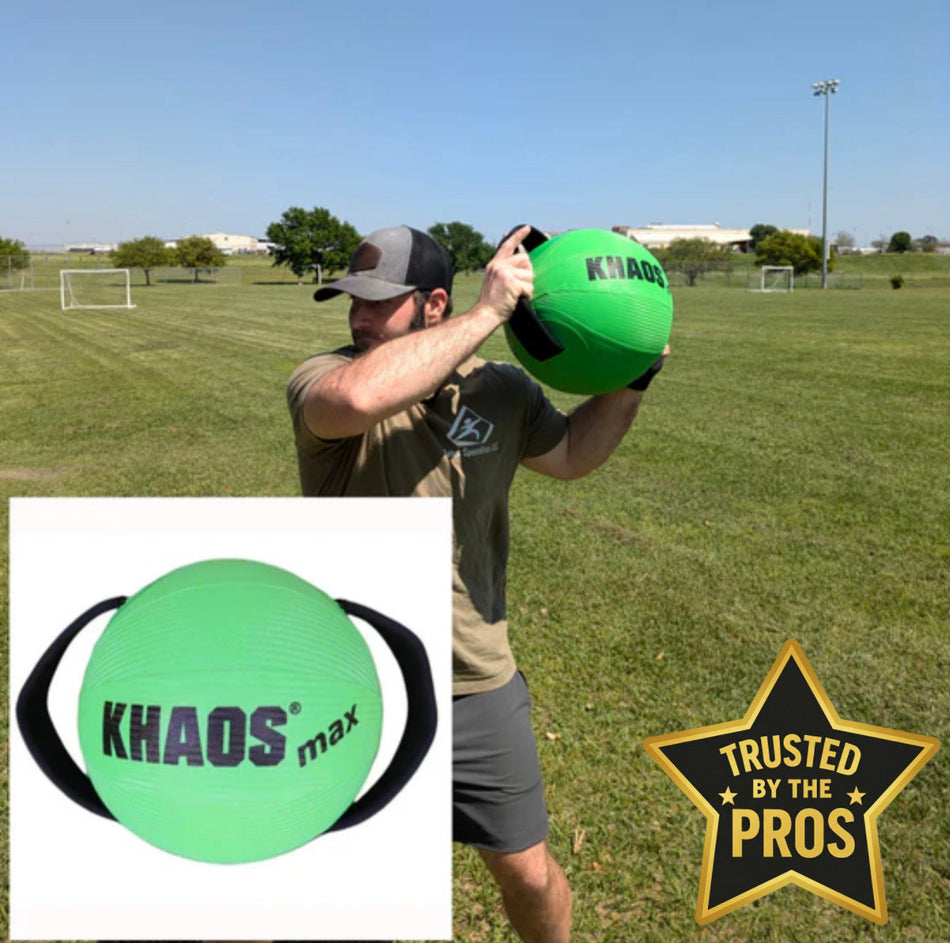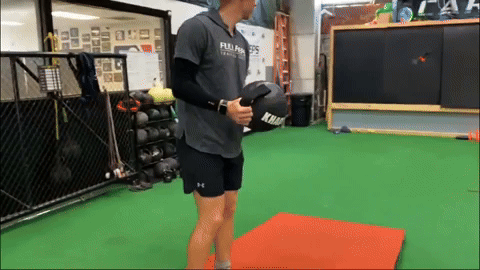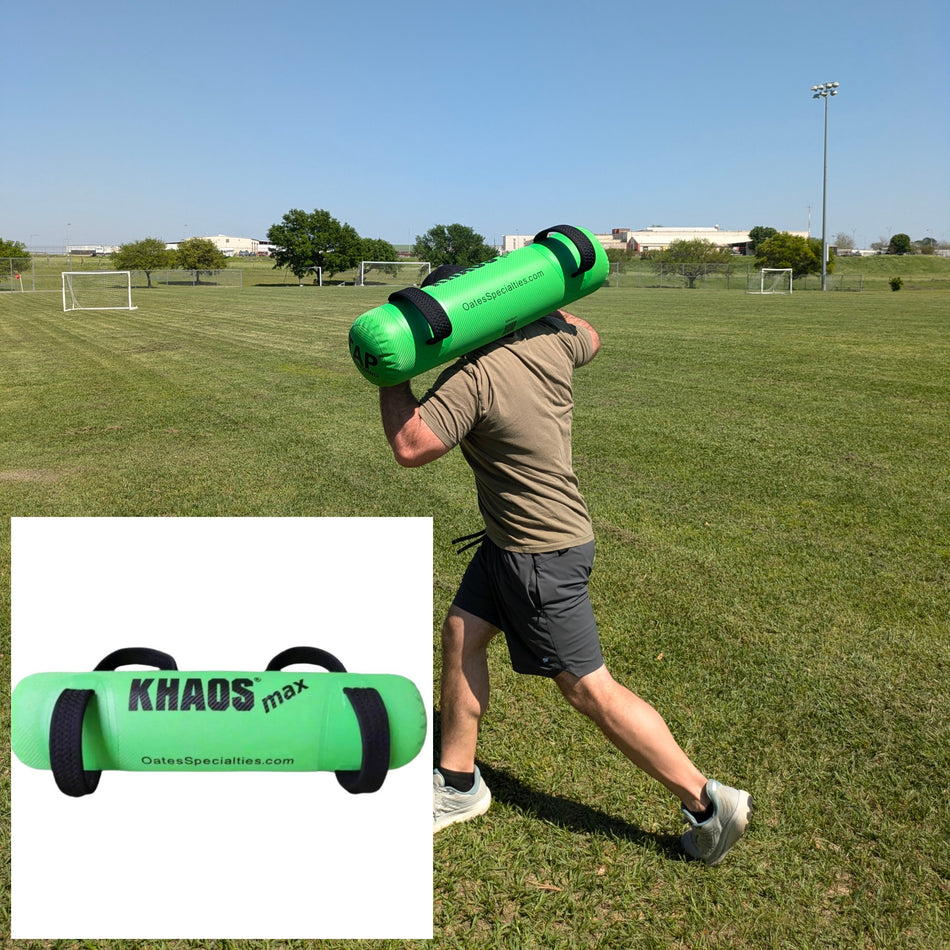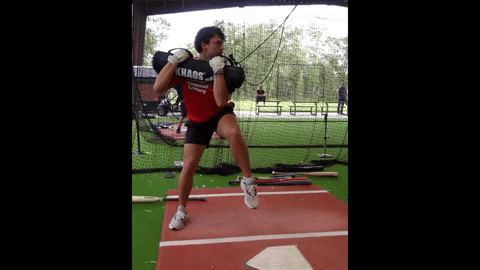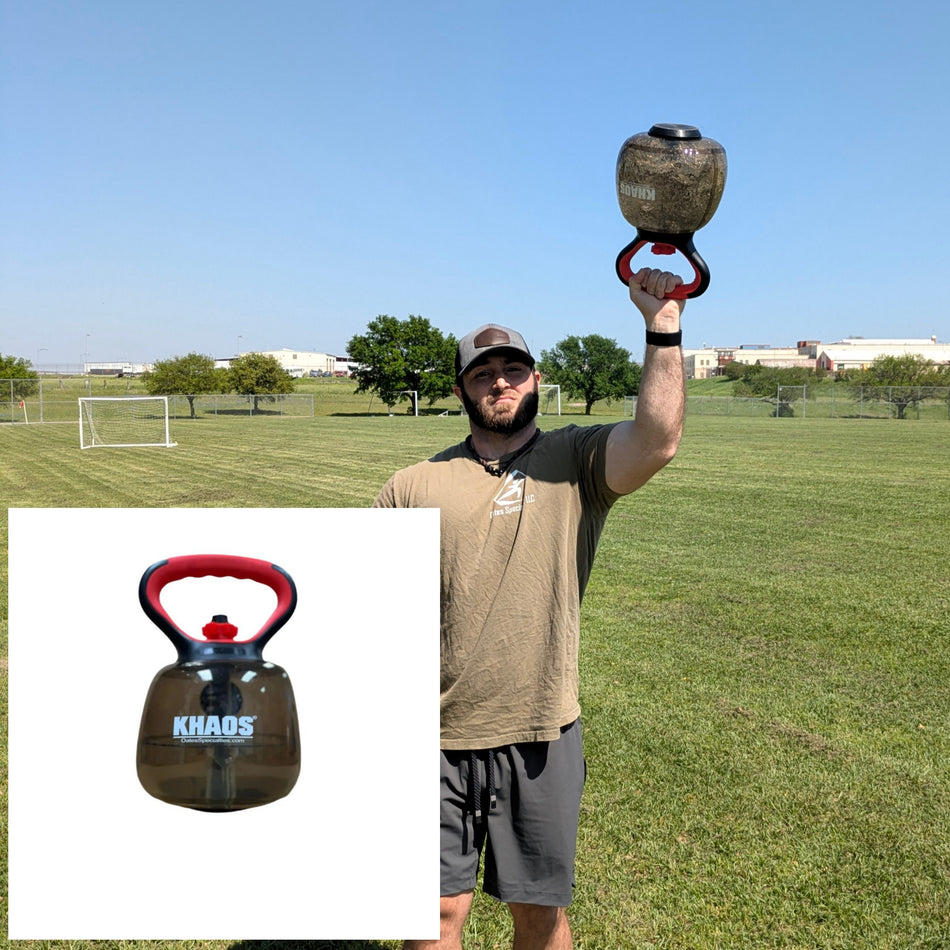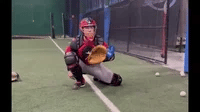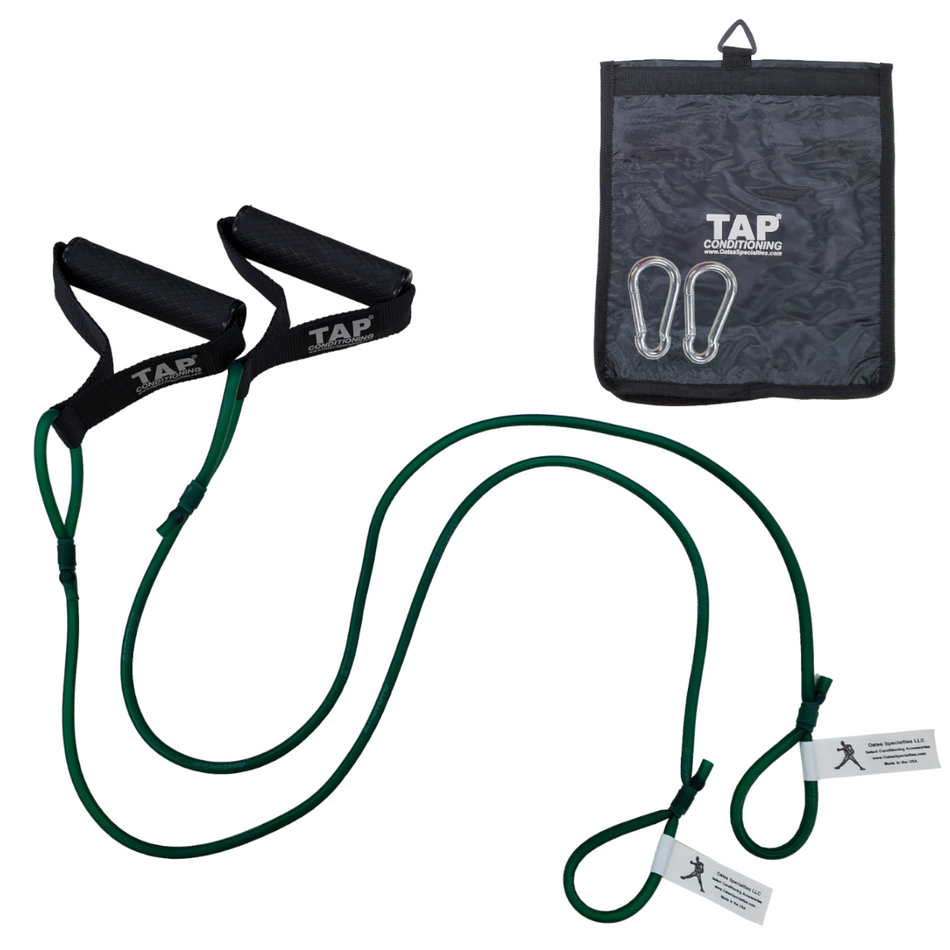🎧 PREFER TO LISTEN?
Experience this blog on the go, during your commute, or while training. Perfect for coaches, athletes, and parents who are always moving.
📋 Table of Contents
-
Introduction: The Foundation Before the Building
Movement literacy is your foundation - master fundamental patterns before advancing to sport-specific skills to avoid injury and unlock performance potential.
-
What Movement Literacy Really Means
Learn the alphabet of athleticism and why you can't skip basic movement patterns before mastering complex baseball skills.
-
The Seven Pillars of Baseball Movement Literacy
These seven fundamental patterns form the foundation for all baseball skills and determine your injury risk and performance ceiling.
-
The Movement Assessment You Need to Take
A 10-minute screening that reveals critical limitations predicting injury risk and performance potential.
-
Common Movement Literacy Problems
Most movement problems stem from modern lifestyle factors like screen time and specialization rather than sport demands alone.
-
Building Your Movement Literacy: The 4-Phase System
Movement literacy requires 12-16+ weeks of progressive, variable training - rushing this process builds skills on a faulty foundation.
-
Your Movement Literacy Development Process
Follow the critical sequence: Assess → Address → Build → Monitor to avoid becoming strong in poor movement patterns.
-
Warning Signs: When Movement Literacy Breaks Down
Recognize immediate, caution, and performance warning signs to prevent minor limitations from becoming major injuries.
-
Age-Specific Equipment Recommendations
Equipment needs evolve from exploration tools for youth to optimization systems for college athletes.
-
Conclusion: Your Performance Foundation
The foundation you build today determines the heights you can reach tomorrow.
Why Proper Movement Patterns Matter More Than Velocity for Long-Term Development
Last time, we discussed the tissue adaptation timeline needed to create an adaptable and robust structural system. This week, we dive into the first step in building up that tissue: movement quality. If you haven't read the previous article, you can reach it here.
Think of it this way: tissue adaptation is like building a house. You need strong materials (which we covered in the last blog), but before that, you need a solid foundation and proper blueprint. Movement literacy is that foundation - the fundamental patterns that determine whether your body will adapt correctly or develop compensations that lead to injury.
What Movement Literacy Really Means (And Why Most Athletes Skip It)
Movement literacy isn't just another sports buzzword - it's the foundation that determines whether you'll have a successful, injury-free career or spend time on the trainer's table.
Baseball development experts define movement literacy as the ability to move efficiently through fundamental patterns that support sport-specific skills. Think of it as the alphabet of athleticism - without these basic "letters," you can't "spell" complex movements like pitching or hitting effectively.
Randy Sullivan, physical therapist and founder of Florida Baseball ARMory, explains: "Movement literacy is like reading. You wouldn't expect to read Shakespeare before you know the alphabet. Yet athletes constantly try to master advanced baseball skills without mastering basic movement patterns."
Research consistently demonstrates that athletes with poor fundamental movement patterns show significantly increased injury risk and slower skill acquisition. Kobayashi et al. (2025) found that functional movement screening can help identify baseball pitchers at risk for shoulder and elbow injuries.
Here's the critical connection: Even if you follow the perfect tissue adaptation timeline, loading tissues that move incorrectly will only reinforce poor patterns and create injury-prone structures. Movement quality must come first, then progressive loading, and finally tissue adaptation.
🎯 KEY TAKEAWAY: Movement literacy is the foundation of your athletic development. Just as reading requires mastering the alphabet before tackling complex literature, you must master fundamental movement patterns before advancing to sport-specific skills. Poor movement quality guarantees increased injury risk and limits your performance potential.
The Seven Pillars of Baseball Movement Literacy
Sports science research has identified seven fundamental movement patterns that you should master before advancing to sport-specific training:
1. Hip Hinge Pattern
What it looks like: Pushing hips back while maintaining spine alignment
Why it matters: Foundation for proper pitching mechanics and hitting power
Common failure: Knee-dominant squatting instead of hip-dominant hinging
2. Single-Leg Stability
What it looks like: Maintaining balance on one leg for 30+ seconds with eyes closed
Why it matters: Critical for pitching delivery and fielding movements
Common failure: Excessive wobbling or inability to maintain position
3. Overhead Mobility
What it looks like: Reaching overhead without arching the lower back
Why it matters: Prevents shoulder impingement and enables full arm action
Common failure: Lower back arching or shoulders rolling forward
4. Rotational Dissociation
What it looks like: Separating hip and shoulder rotation independently
Why it matters: Creates power and prevents compensatory stress patterns
Common failure: Moving hips and shoulders as one rigid unit
5. Deceleration Control
What it looks like: Stopping movement smoothly without compensation
Why it matters: Prevents arm injuries and improves accuracy
Common failure: Abrupt stopping or loss of balance
6. Weight Transfer
What it looks like: Smoothly shifting weight from back foot to front foot
Why it matters: Generates power and timing in throwing and hitting
Common failure: Staying on back leg or rushing to front side
7. Core Stabilization
What it looks like: Maintaining spine position during movement
Why it matters: Transfers force efficiently and protects the back
Common failure: Excessive spine movement or compensation
🎯 KEY TAKEAWAY: These seven movement patterns form the foundation for all your baseball skills. Before worrying about velocity or power, make sure you can perform these fundamental movements correctly and consistently. Mastery here mitigates injuries and unlocks your performance potential later.
The Movement Assessment You Need to Take
Baseball experts recommend this systematic assessment protocol that reveals movement literacy gaps:
The Baseball Movement Screen
Test 1: Overhead Squat
- Stand with feet shoulder-width apart, arms overhead
- Squat down as far as comfortable, hold 5 seconds
- Pass: Knees track over toes, arms stay up, back straight
- Fail: Knees cave in, arms fall forward, excessive back arch
Test 2: Single-Leg Balance
- Stand on one leg, eyes closed, 30 seconds
- Pass: Minimal wobbling, maintains position
- Fail: Excessive movement, touching down, opening eyes
Test 3: Shoulder Mobility
- Reach one arm overhead, other behind back
- Try to touch fingertips together
- Pass: Fingertips touch or come within 2 inches
- Fail: Gap greater than 2 inches
Test 4: Hip Hinge
- Stand facing a wall
- Push hips back while squatting down never contacting the wall
- Pass: Does not contact the wall, reaches optimal depth, smooth movement
- Fail: Touches wall with head or knees, unable to reach depth
Test 5: Rotational Control
- Seated position, rotate shoulders left/right while keeping hips forward
- Pass: 45+ degrees rotation each direction with stable hips
- Fail: Hips move with shoulders, limited range
Interpreting Your Results
- 5/5 Pass: Movement literacy foundation appears solid - you're ready for progressive loading
- 3-4/5 Pass: Address specific limitations before sport skill progression
- 0-2/5 Pass: Focus extensively on movement literacy development
Important note: This screening provides general guidance but cannot replace comprehensive assessment by qualified professionals. If you experience pain or significant restrictions, get evaluated by appropriate healthcare providers.
🎯 KEY TAKEAWAY: This 5-test screening takes less than 10 minutes but reveals critical movement limitations that predict your injury risk and performance ceiling. Test yourself at the start of each season, then address the gaps systematically before advancing to high-intensity training.
Common Movement Literacy Problems in Baseball Athletes
Problem #1: The "Screen Time Posture"
What it looks like: Rounded shoulders, forward head, tight hips
Why it happens: Excessive screen time and prolonged sitting
Impact: Shoulder impingement, reduced throwing power
Equipment solution: The TAP® Shoulder Tube provides dynamic oscillation training that challenges postural stabilizers more effectively than static stretching. TAP® Giant Flat Band provides resistance for band pull-aparts to build upper back strength and combat rounded shoulders. Together, these tools address shoulder impingement at its source.

Problem #2: The "Specialization Syndrome"
What it looks like: Excellent baseball skills but poor general movement quality
Why it happens: Year-round baseball without movement variety
Impact: Overuse injuries, performance plateaus
Problem #3: The "Growth Spurt Disconnect"
What it looks like: You were coordinated, then suddenly become clumsy after a growth spurt
Why it happens: Rapid growth changes body proportions
Impact: Temporary skill regression, increased injury susceptibility
Solution: Be patient with yourself. Your coordination will return as your nervous system adapts to your new body proportions.
Problem #4: The "Rotational Restriction"
What it looks like: Limited hip rotation creating compensatory spine and shoulder movement
Why it happens: Sitting, muscle tightness, or movement pattern dysfunction
Impact: Reduced power generation, increased injury risk to spine and arm
Equipment solution: The Donley Hip Spin addresses rotational restrictions through assisted and resisted hip rotation. Developed by physical therapist Phil Donley, this device provides both mobility enhancement and motor learning through dynamic feedback, helping you discover more efficient rotational patterns.
🎯 KEY TAKEAWAY: Most movement problems in baseball athletes stem from modern lifestyle factors (screen time, specialization, sitting) rather than sport demands alone. Identifying which pattern you struggle with allows you to target solutions efficiently rather than using generic programs that waste time.
Building Your Movement Literacy: The 4-Phase System
Phase 1: Pattern Introduction (Weeks 1-4)
Goal: Learn basic movement shapes and positions
Methods: Slow, controlled movements with visual feedback and simple verbal cueing. Focus on movement awareness rather than performance.
Tools: Basic movement mats and light resistance implements that provide feedback without overwhelming the learning process.
Phase 2: Pattern Refinement (Weeks 5-8)
Goal: Improve movement quality and consistency
Methods: Add light resistance to enhance proprioceptive feedback. Introduce timing challenges and multi-planar movements. Begin connecting individual patterns into sequences.
Tools: The TAP® Shoulder Tube's oscillation patterns challenge shoulder stability while teaching proper movement timing.
Phase 3: Pattern Integration (Weeks 9-12)
Goal: Combine patterns into fluid, sport-relevant movements
Methods: Movement sequences that mirror baseball skills with variable practice conditions to enhance adaptability.
This phase aligns with motor learning research. Schmidt (1975) demonstrated through schema theory that variable practice conditions - where you practice skills under different contexts, speeds, and constraints - enhances motor learning and skill transfer more effectively than repetitive, blocked practice. Shea and Morgan (1979) showed that while variable practice may initially slow acquisition, it dramatically improves retention and your ability to adapt skills to new situations. Complex movements require 12-16 weeks or more of varied practice before becoming automatic and adaptable.
Tools: The TAP® Baseball Training Sock allows you to practice full throwing motion patterns in confined spaces, enabling pattern integration work regardless of weather or facility limitations. KHAOS® DTS Ball Set of Four allows you to explore variation in your throwing by using different weights, sizes, and textures.

Phase 4: Pattern Mastery (Weeks 13+)
Goal: Automatic, efficient movement under varying demands
Methods: High-speed execution with movement quality maintenance, fatigue resistance training, and competition simulation.
Tools: The KHAOS® Water Training system provides unstable resistance that challenges multiple movement patterns simultaneously, building movement robustness and adaptability essential for game performance.

🎯 KEY TAKEAWAY: Your movement literacy development requires 12-16+ weeks of progressive, variable training. Rushing this process by jumping straight to sport-specific drills builds skills on a faulty foundation. The key is variable practice - expose yourself to the same patterns in different contexts, speeds, and conditions to build robust, adaptable movement solutions.
Your Movement Literacy Development Process
Step 1: Assess Your Current Capabilities
Use the 5-test Baseball Movement Screen to identify 1-2 primary limitations affecting your baseball skills. Note compensation patterns that may increase your injury risk and establish priority order for addressing restrictions.
Step 2: Address Limitations Systematically
Priority Framework:
- Pain or discomfort issues (requires medical professional evaluation)
- Major stability problems affecting balance and control
- Mobility restrictions limiting range of motion
- Coordination deficits affecting movement timing
Research supports this systematic approach. Soomro et al. (2016) found that multi-component programs combining warm-up, strength training, and proprioception exercises reduce injury rates by approximately 40% in adolescent team sports.
Step 3: Build Progressively
Timeline Framework:
- Weeks 1-2: Static positions and slow movements with feedback
- Weeks 3-4: Add light resistance and simple movement combinations
- Weeks 5-8: Increase speed and complexity while maintaining quality
- Weeks 9-13+: Integrate sport-specific movement patterns
Step 4: Maintain and Monitor
Maintenance Framework:
- Daily: 10-15 minutes of movement preparation and restoration
- Weekly: Formal movement quality assessment and progression
- Monthly: Comprehensive movement screen and program adjustment
🎯 KEY TAKEAWAY: Your development process follows a simple but critical sequence: Assess → Address → Build → Monitor. Most athletes skip straight to "build" without assessing or addressing limitations. This creates athletes who are strong in poor movement patterns - a recipe for injury.
Warning Signs: When Your Movement Literacy Breaks Down
Immediate Concerns (Stop Training)
- Pain during any movement pattern
- Significant balance loss or inability to control movement
- Obvious compensation patterns affecting multiple body regions
Caution Indicators (Modify Training)
- Inconsistent movement quality between repetitions
- Fatigue-related pattern breakdown after minimal work
- Limited range of motion preventing full pattern completion
Performance Indicators (Refocus on Fundamentals)
- Velocity plateaus despite strength and conditioning gains
- Accuracy problems despite technically "correct" mechanics
- Frequent minor injuries or persistent muscle soreness
- Performance breakdown under competitive pressure
Fleisig et al. (2009) emphasized that proper pitching mechanics taught at an early age can reduce injury risk, with the largest improvements in movement patterns occurring between youth and high school levels.
🎯 KEY TAKEAWAY: Warning signs come in three levels: immediate (stop), caution (modify), and performance (refocus). Learn to recognize these signals and act accordingly. The most dangerous mistake is ignoring warning signs and pushing through - this turns minor limitations into major injuries.
Age-Specific Equipment Recommendations
Youth Foundation (Ages 8-12)
Focus: Movement exploration through varied experiences
Equipment: Safe surfaces for ground-based work, light resistance tools (TAP® Giant Flat Band), age-appropriate balance challenges (Oval Balance Pad)
Investment: $75-125
Adolescent Development (Ages 13-15)
Focus: Pattern refinement under light, progressive resistance
Equipment: Progressive resistance training tools, TAP® Shoulder Tube, rotational pattern implements (TAP® Hammer Net), movement integration tools (Baseball Training Sock)
Investment: $150-225
High School Optimization (Ages 16-18)
Focus: Sport-specific movement integration and power development
Equipment: Multi-resistance training systems, Donley Hip Spin, advanced movement challenge implements (TorsoBurner)
Investment: $225-325
College Performance (Ages 18+)
Focus: Movement efficiency under high performance demands
Equipment: Complete movement literacy toolkit, Khaos® Water Training, competition preparation tools
Investment: $325-450
🎯 KEY TAKEAWAY: Your equipment needs evolve as you develop. Youth athletes need exploration tools, adolescents need refinement tools, high schoolers need integration tools, and college athletes need optimization systems. Investing in age-appropriate equipment accelerates your development while maintaining movement quality.
Conclusion: Movement Literacy as Your Performance Foundation
Athletes with solid movement foundations not only maintain better health throughout their careers but achieve higher performance levels because they execute skills more efficiently.
Research consistently demonstrates that investing time in movement literacy during your developmental years provides lasting benefits. The combined evidence from injury prevention studies (Soomro et al., 2016; Lauersen et al., 2018), motor learning investigations (Schmidt, 1975; Shea & Morgan, 1979), and baseball-specific studies (Fleisig et al., 2009; Kobayashi et al., 2025; Malone et al., 2018) all point to the same conclusion: athletes who develop strong movement foundations early show greater performance improvement potential and reduced injury risk over time.
The foundation you build today determines the heights you can reach tomorrow. Make movement literacy your starting point, not an afterthought.





